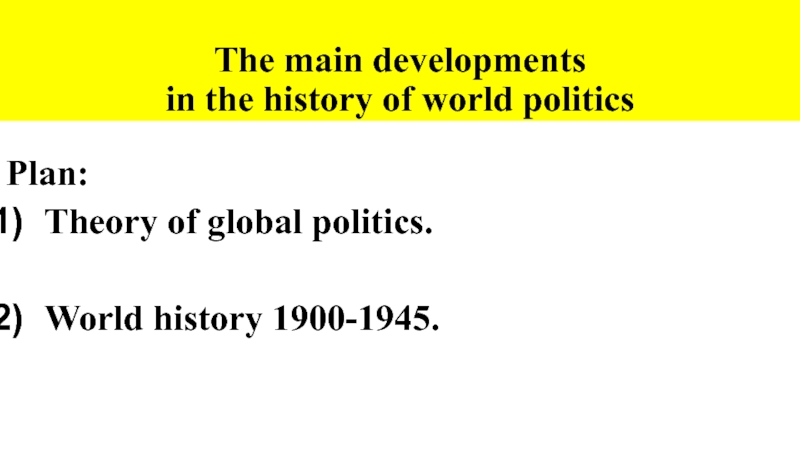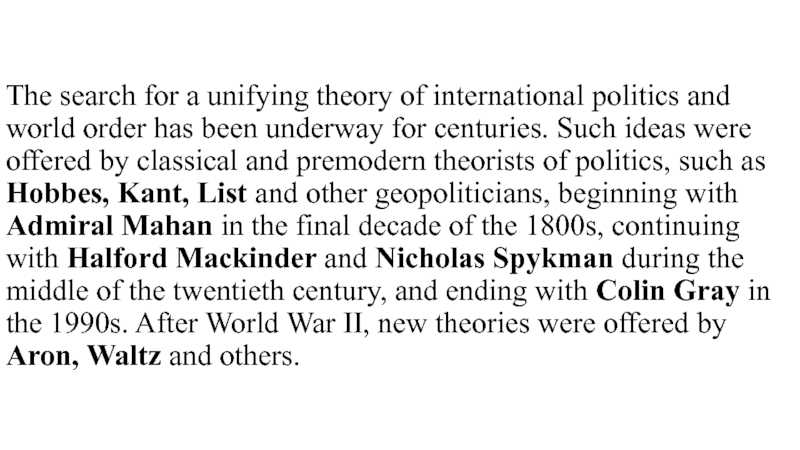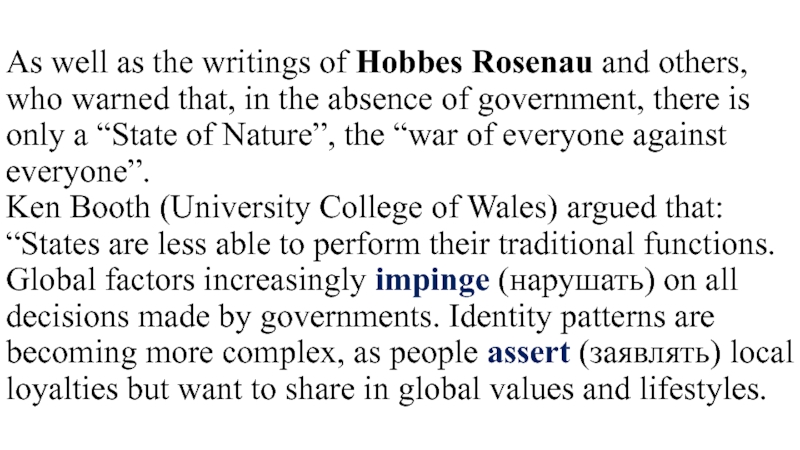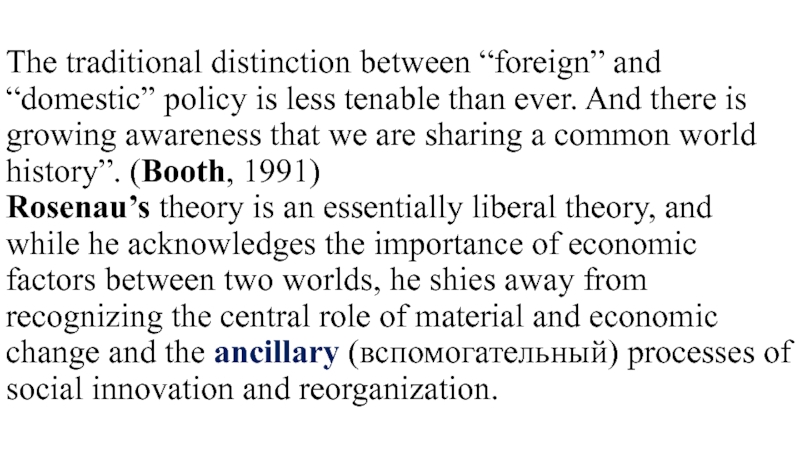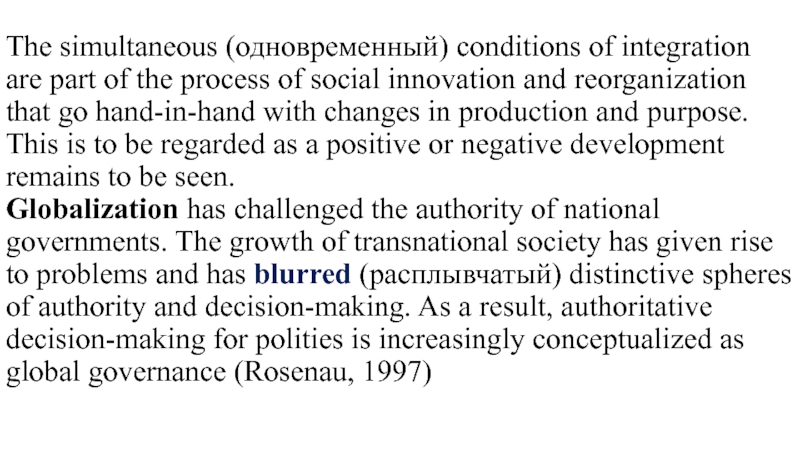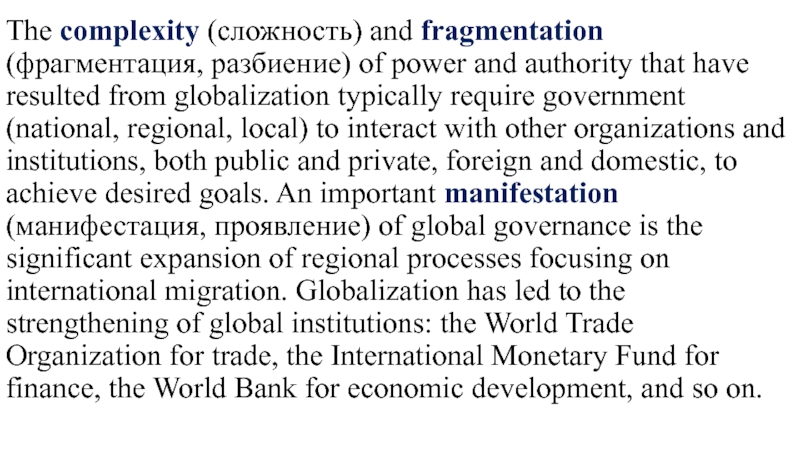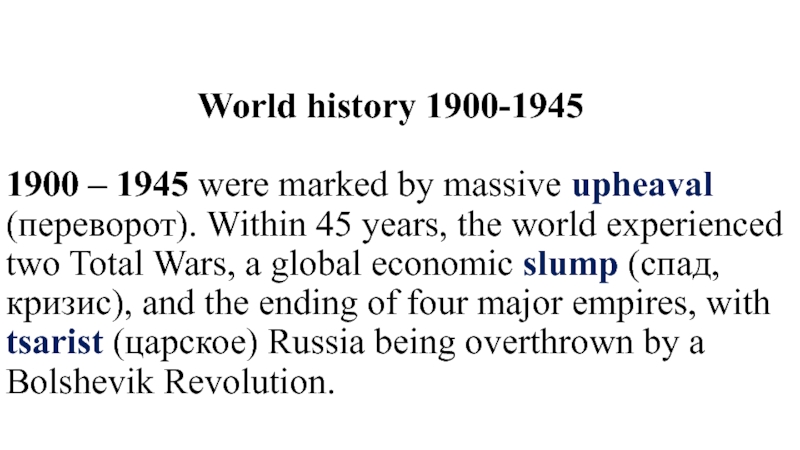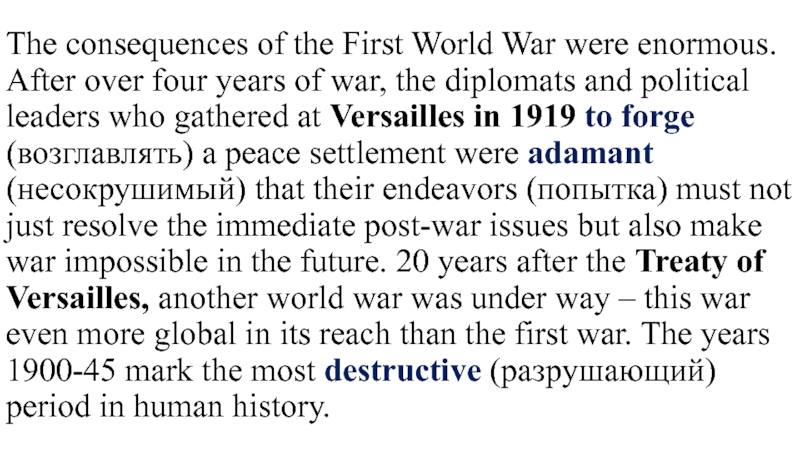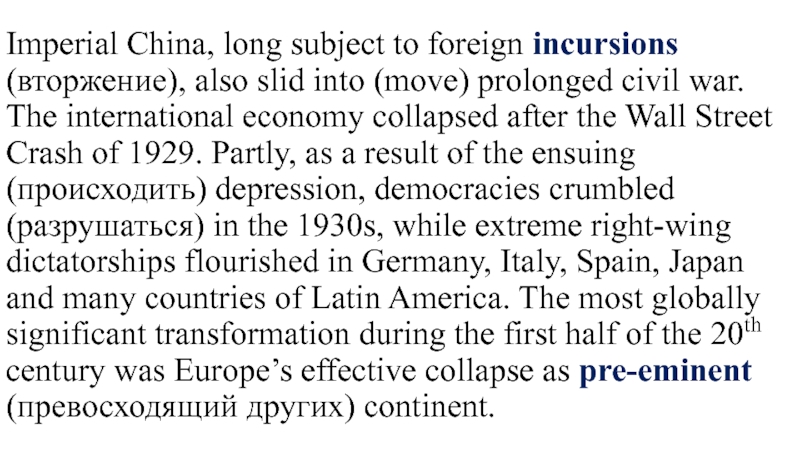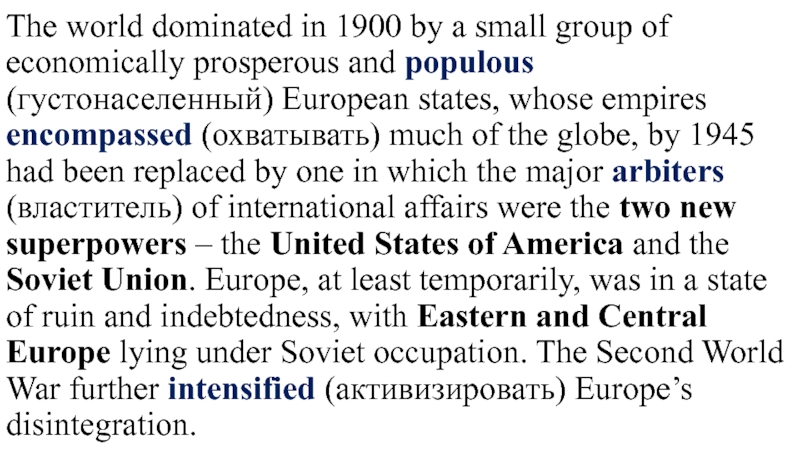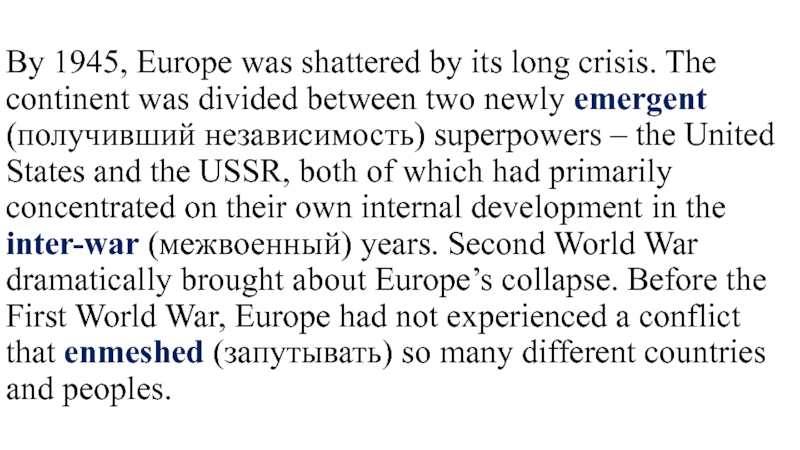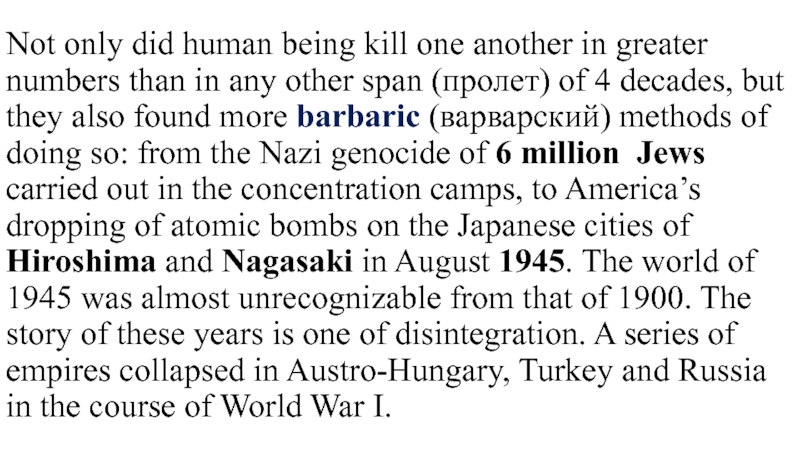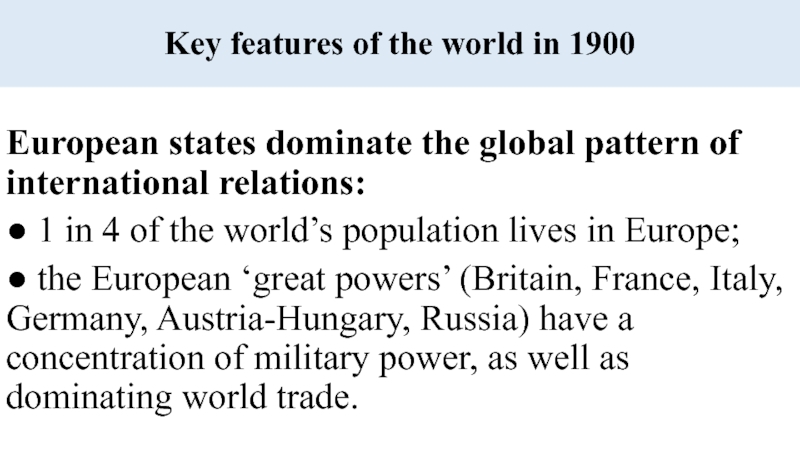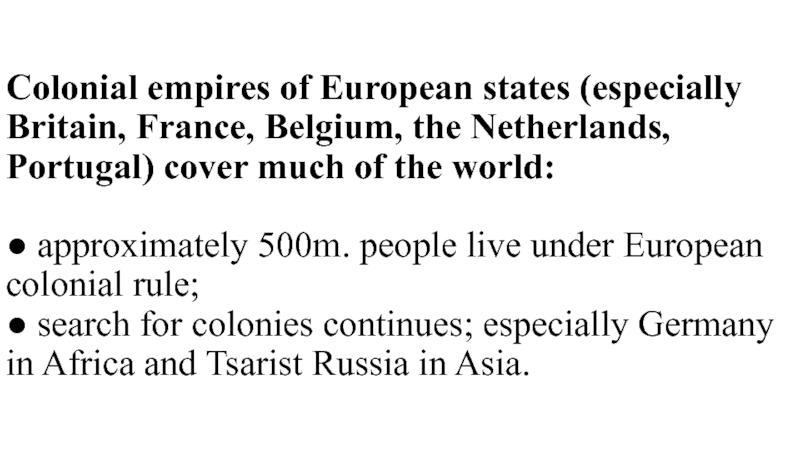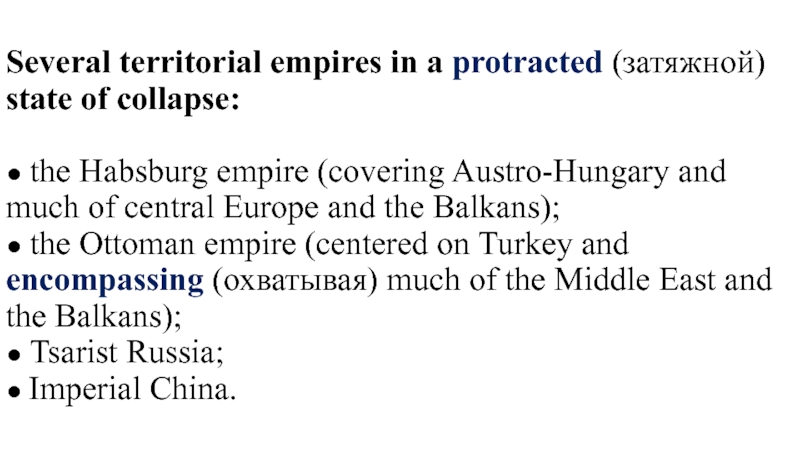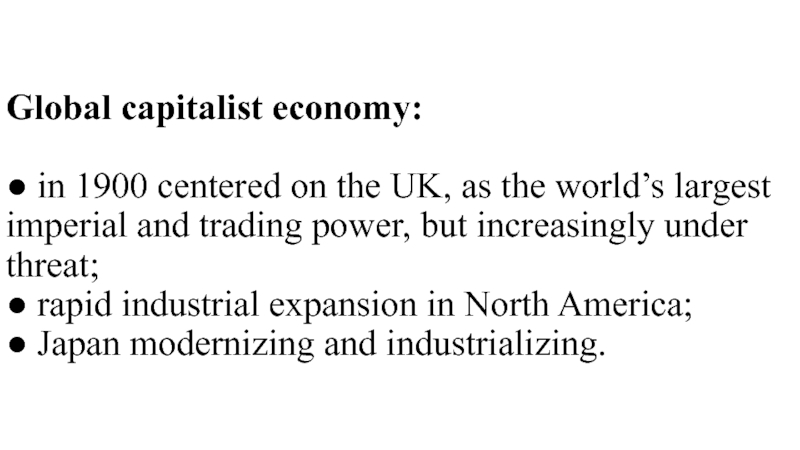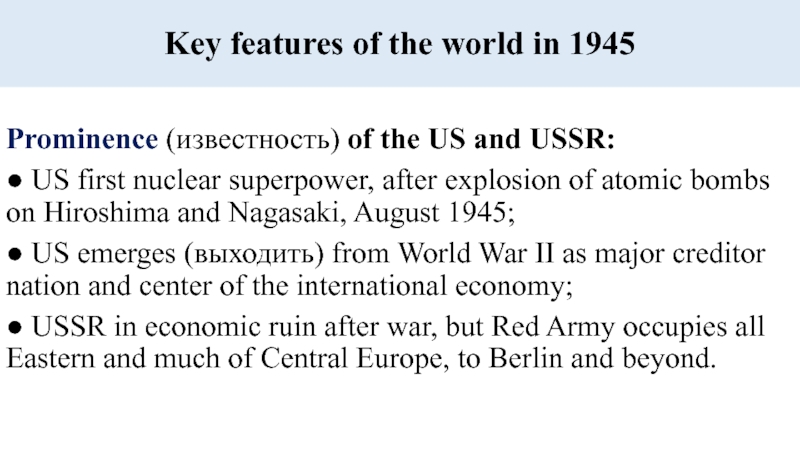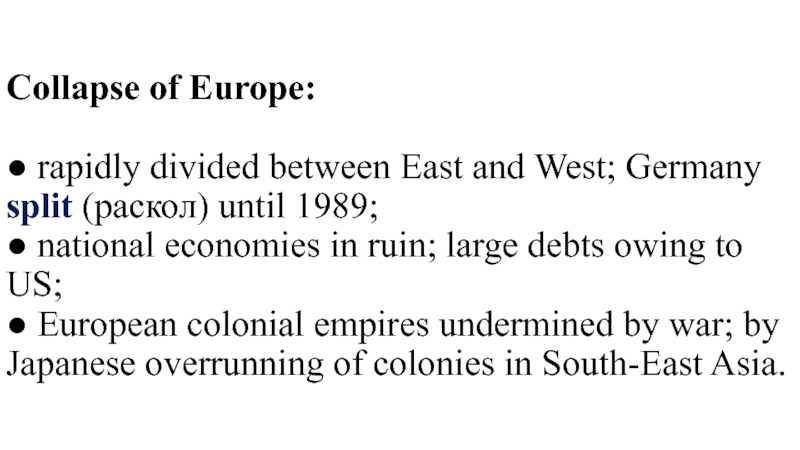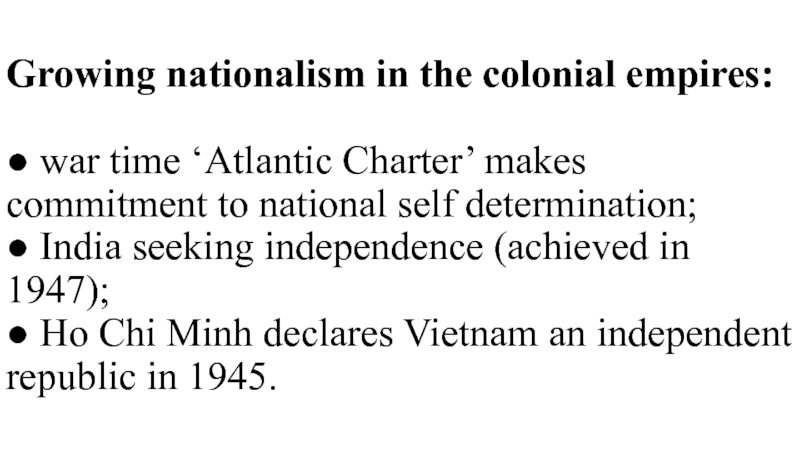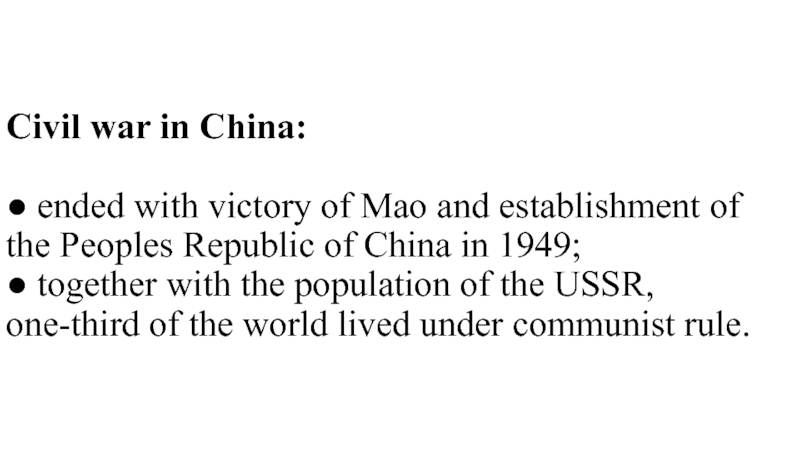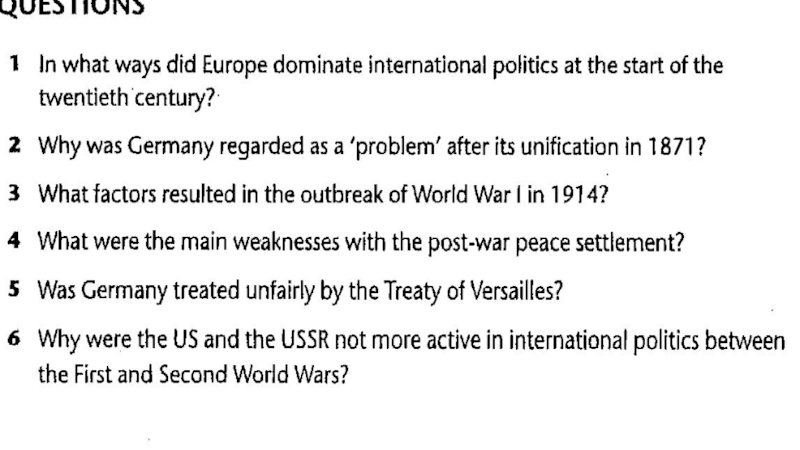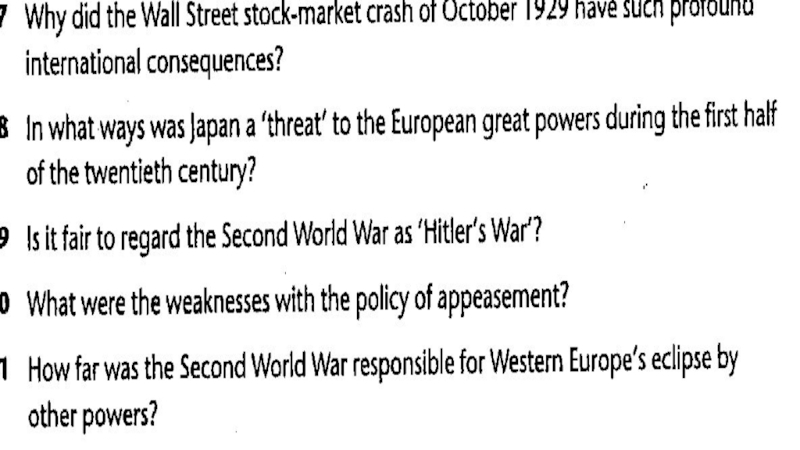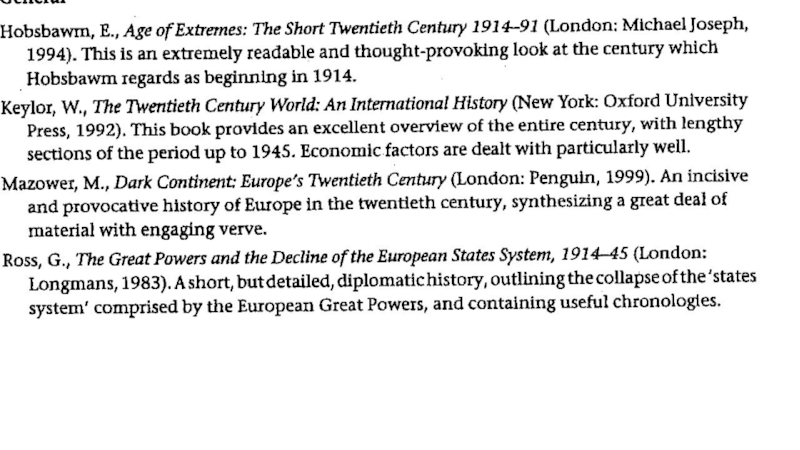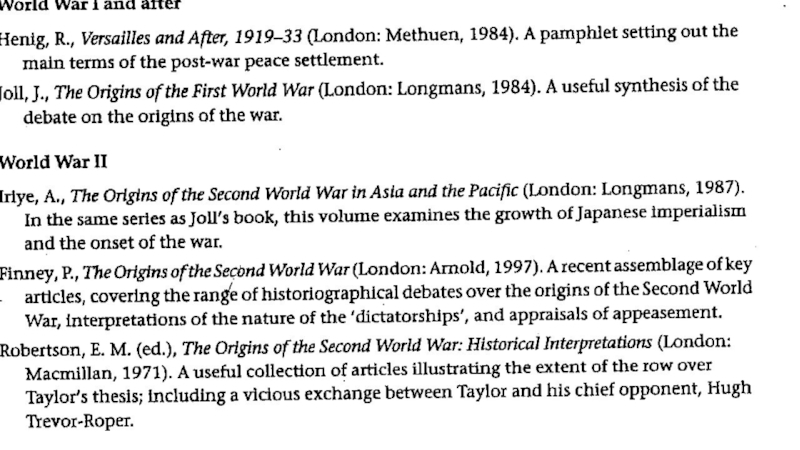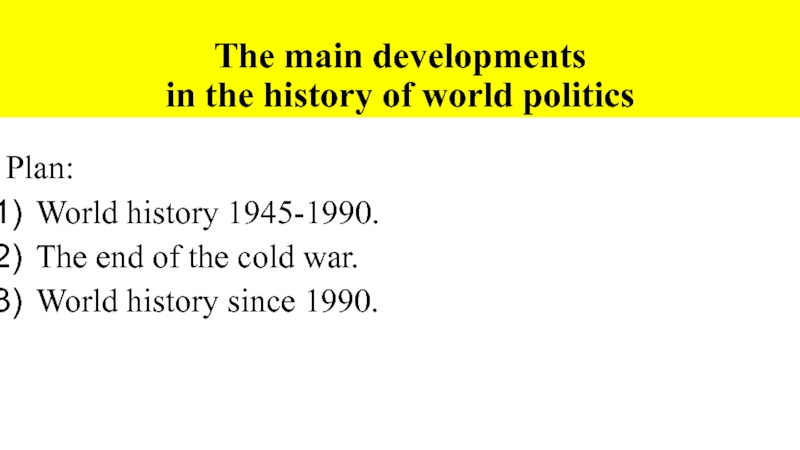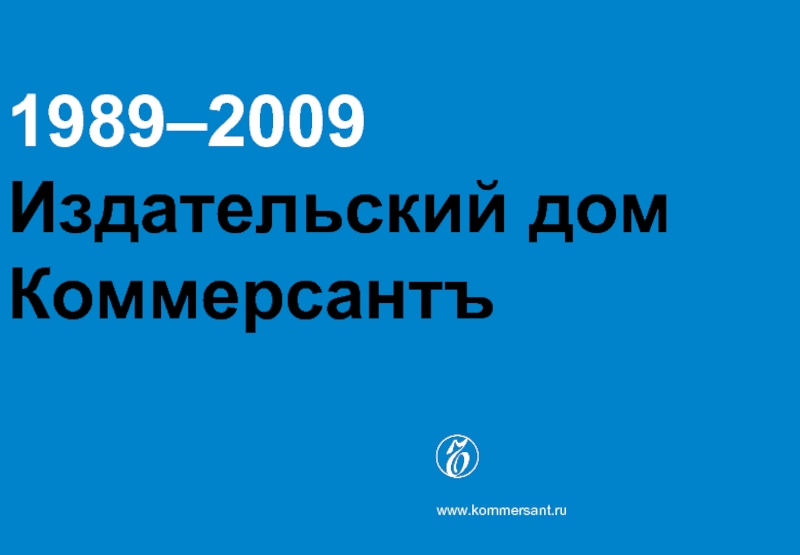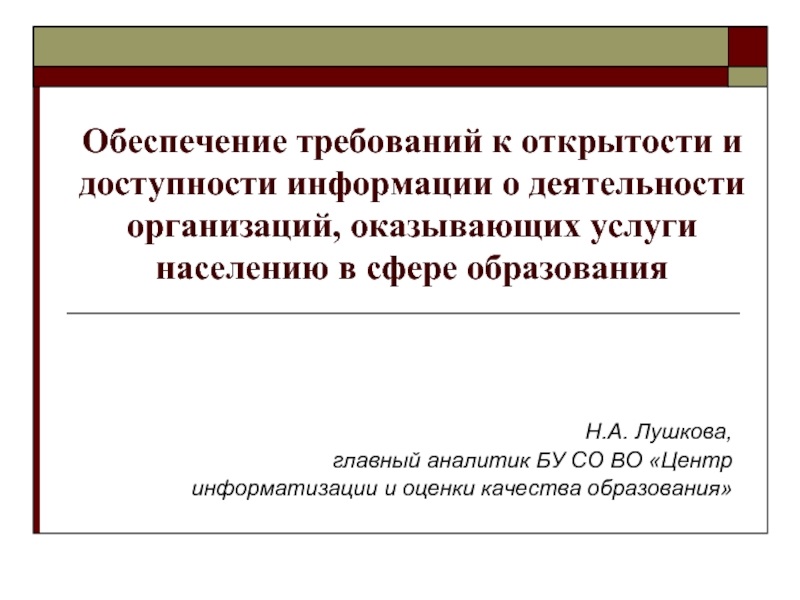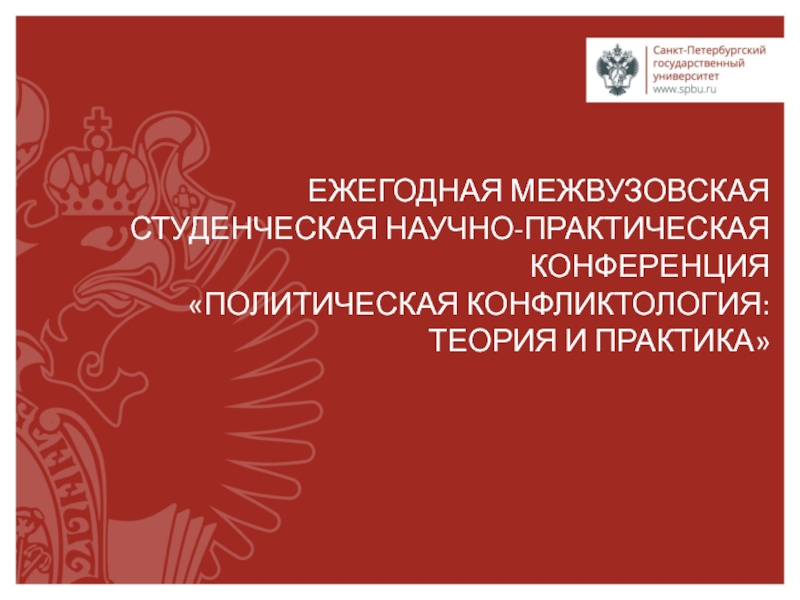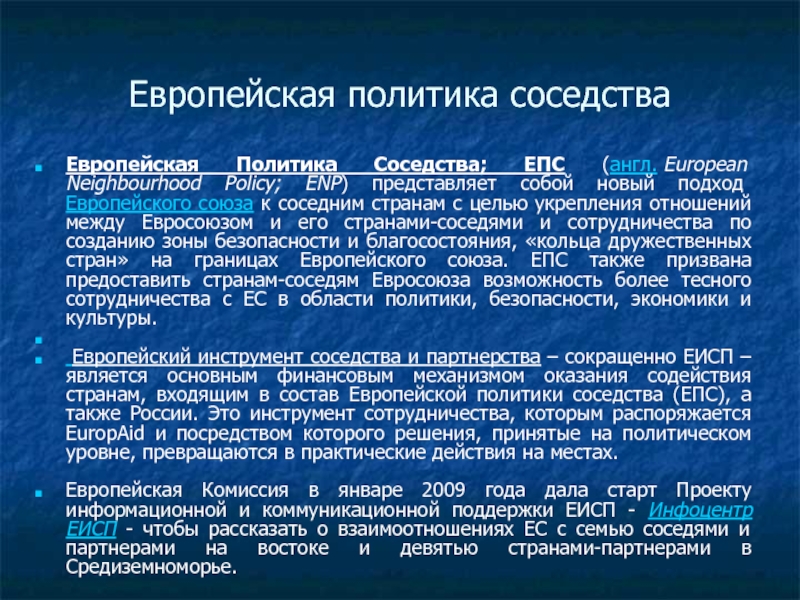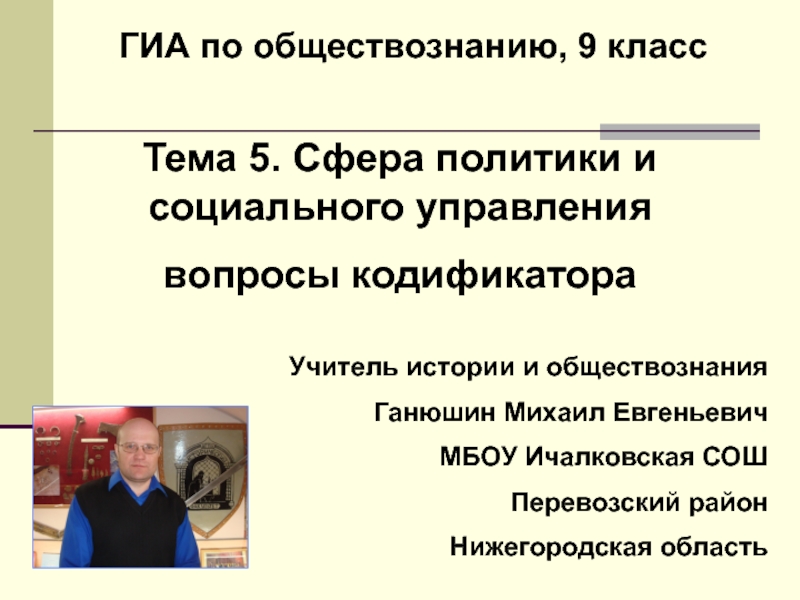global politics.
World history 1900-1945.
- Главная
- Разное
- Дизайн
- Бизнес и предпринимательство
- Аналитика
- Образование
- Развлечения
- Красота и здоровье
- Финансы
- Государство
- Путешествия
- Спорт
- Недвижимость
- Армия
- Графика
- Культурология
- Еда и кулинария
- Лингвистика
- Английский язык
- Астрономия
- Алгебра
- Биология
- География
- Детские презентации
- Информатика
- История
- Литература
- Маркетинг
- Математика
- Медицина
- Менеджмент
- Музыка
- МХК
- Немецкий язык
- ОБЖ
- Обществознание
- Окружающий мир
- Педагогика
- Русский язык
- Технология
- Физика
- Философия
- Химия
- Шаблоны, картинки для презентаций
- Экология
- Экономика
- Юриспруденция
The main developments in the history of world politics презентация
Содержание
- 1. The main developments in the history of world politics
- 2. The search for a unifying theory of
- 3. Most recently, in the wake of the
- 4. As well as the writings of Hobbes
- 5. The traditional distinction between “foreign” and “domestic”
- 6. The simultaneous (одновременный) conditions of integration are
- 7. The complexity (сложность) and fragmentation (фрагментация, разбиение)
- 9. The consequences of the First World War
- 10. Imperial China, long subject to foreign incursions
- 11. The world dominated in 1900 by a
- 12. By 1945, Europe was shattered by its
- 13. Not only did human being kill one
- 14. Key features of the world in 1900
- 15. Colonial empires of European states (especially Britain,
- 16. Several territorial empires in a protracted (затяжной)
- 17. Global capitalist economy: ● in 1900
- 18. Key features of the world in 1945
- 19. Collapse of Europe: ● rapidly divided
- 20. Growing nationalism in the colonial empires:
- 21. Civil war in China: ● ended
- 26. The main developments in the history
Слайд 2The search for a unifying theory of international politics and world
order has been underway for centuries. Such ideas were offered by classical and premodern theorists of politics, such as Hobbes, Kant, List and other geopoliticians, beginning with Admiral Mahan in the final decade of the 1800s, continuing with Halford Mackinder and Nicholas Spykman during the middle of the twentieth century, and ending with Colin Gray in the 1990s. After World War II, new theories were offered by Aron, Waltz and others.
Слайд 3Most recently, in the wake of the Cold War’s end, these
theories have been restated in a different form by Samuel Huntington (1996), Benjamin Barber (1995) and Robert Kaplan (1994, 1996).
The world is changing. Why is it changing?
What is its trajectory (траектория) is hardly clear to anyone. The world of well-defined nation-states under American rule and discipline, still offers the best hope for reducing the risks of war and enhancing (повышение) the possibilities for teleological human improvement.
Слайд 4As well as the writings of Hobbes Rosenau and others, who
warned that, in the absence of government, there is only a “State of Nature”, the “war of everyone against everyone”.
Ken Booth (University College of Wales) argued that: “States are less able to perform their traditional functions. Global factors increasingly impinge (нарушать) on all decisions made by governments. Identity patterns are becoming more complex, as people assert (заявлять) local loyalties but want to share in global values and lifestyles.
Слайд 5The traditional distinction between “foreign” and “domestic” policy is less tenable
than ever. And there is growing awareness that we are sharing a common world history”. (Booth, 1991)
Rosenau’s theory is an essentially liberal theory, and while he acknowledges the importance of economic factors between two worlds, he shies away from recognizing the central role of material and economic change and the ancillary (вспомогательный) processes of social innovation and reorganization.
Слайд 6The simultaneous (одновременный) conditions of integration are part of the process
of social innovation and reorganization that go hand-in-hand with changes in production and purpose. This is to be regarded as a positive or negative development remains to be seen.
Globalization has challenged the authority of national governments. The growth of transnational society has given rise to problems and has blurred (расплывчатый) distinctive spheres of authority and decision-making. As a result, authoritative
decision-making for polities is increasingly conceptualized as global governance (Rosenau, 1997)
Слайд 7The complexity (сложность) and fragmentation (фрагментация, разбиение) of power and authority
that have resulted from globalization typically require government (national, regional, local) to interact with other organizations and institutions, both public and private, foreign and domestic, to achieve desired goals. An important manifestation (манифестация, проявление) of global governance is the significant expansion of regional processes focusing on international migration. Globalization has led to the strengthening of global institutions: the World Trade Organization for trade, the International Monetary Fund for finance, the World Bank for economic development, and so on.
Слайд 8
World history 1900-1945
1900 – 1945 were marked by massive upheaval (переворот). Within 45 years, the world experienced two Total Wars, a global economic slump (спад, кризис), and the ending of four major empires, with tsarist (царское) Russia being overthrown by a Bolshevik Revolution.
Слайд 9The consequences of the First World War were enormous. After over
four years of war, the diplomats and political leaders who gathered at Versailles in 1919 to forge (возглавлять) a peace settlement were adamant (несокрушимый) that their endeavors (попытка) must not just resolve the immediate post-war issues but also make war impossible in the future. 20 years after the Treaty of Versailles, another world war was under way – this war even more global in its reach than the first war. The years 1900-45 mark the most destructive (разрушающий) period in human history.
Слайд 10Imperial China, long subject to foreign incursions (вторжение), also slid into
(move) prolonged civil war. The international economy collapsed after the Wall Street Crash of 1929. Partly, as a result of the ensuing (происходить) depression, democracies crumbled (разрушаться) in the 1930s, while extreme right-wing dictatorships flourished in Germany, Italy, Spain, Japan and many countries of Latin America. The most globally significant transformation during the first half of the 20th century was Europe’s effective collapse as pre-eminent (превосходящий других) continent.
Слайд 11The world dominated in 1900 by a small group of economically
prosperous and populous (густонаселенный) European states, whose empires encompassed (охватывать) much of the globe, by 1945 had been replaced by one in which the major arbiters (властитель) of international affairs were the two new superpowers – the United States of America and the Soviet Union. Europe, at least temporarily, was in a state of ruin and indebtedness, with Eastern and Central Europe lying under Soviet occupation. The Second World War further intensified (активизировать) Europe’s disintegration.
Слайд 12By 1945, Europe was shattered by its long crisis. The continent
was divided between two newly emergent (получивший независимость) superpowers – the United States and the USSR, both of which had primarily concentrated on their own internal development in the inter-war (межвоенный) years. Second World War dramatically brought about Europe’s collapse. Before the First World War, Europe had not experienced a conflict that enmeshed (запутывать) so many different countries and peoples.
Слайд 13Not only did human being kill one another in greater numbers
than in any other span (пролет) of 4 decades, but they also found more barbaric (варварский) methods of doing so: from the Nazi genocide of 6 million Jews carried out in the concentration camps, to America’s dropping of atomic bombs on the Japanese cities of Hiroshima and Nagasaki in August 1945. The world of 1945 was almost unrecognizable from that of 1900. The story of these years is one of disintegration. A series of empires collapsed in Austro-Hungary, Turkey and Russia in the course of World War I.
Слайд 14Key features of the world in 1900
European states dominate the global
pattern of international relations:
● 1 in 4 of the world’s population lives in Europe;
● the European ‘great powers’ (Britain, France, Italy, Germany, Austria-Hungary, Russia) have a concentration of military power, as well as dominating world trade.
● 1 in 4 of the world’s population lives in Europe;
● the European ‘great powers’ (Britain, France, Italy, Germany, Austria-Hungary, Russia) have a concentration of military power, as well as dominating world trade.
Слайд 15Colonial empires of European states (especially Britain, France, Belgium, the Netherlands,
Portugal) cover much of the world:
● approximately 500m. people live under European colonial rule;
● search for colonies continues; especially Germany in Africa and Tsarist Russia in Asia.
Слайд 16Several territorial empires in a protracted (затяжной) state of collapse: ● the
Habsburg empire (covering Austro-Hungary and much of central Europe and the Balkans);
● the Ottoman empire (centered on Turkey and encompassing (охватывая) much of the Middle East and the Balkans);
● Tsarist Russia;
● Imperial China.
Слайд 17Global capitalist economy: ● in 1900 centered on the UK, as the
world’s largest imperial and trading power, but increasingly under threat;
● rapid industrial expansion in North America;
● Japan modernizing and industrializing.
Слайд 18Key features of the world in 1945
Prominence (известность) of the US
and USSR:
● US first nuclear superpower, after explosion of atomic bombs on Hiroshima and Nagasaki, August 1945;
● US emerges (выходить) from World War II as major creditor nation and center of the international economy;
● USSR in economic ruin after war, but Red Army occupies all Eastern and much of Central Europe, to Berlin and beyond.
● US first nuclear superpower, after explosion of atomic bombs on Hiroshima and Nagasaki, August 1945;
● US emerges (выходить) from World War II as major creditor nation and center of the international economy;
● USSR in economic ruin after war, but Red Army occupies all Eastern and much of Central Europe, to Berlin and beyond.
Слайд 19Collapse of Europe: ● rapidly divided between East and West; Germany split
(раскол) until 1989;
● national economies in ruin; large debts owing to US;
● European colonial empires undermined by war; by Japanese overrunning of colonies in South-East Asia.
Слайд 20Growing nationalism in the colonial empires: ● war time ‘Atlantic Charter’ makes
commitment to national self determination;
● India seeking independence (achieved in 1947);
● Ho Chi Minh declares Vietnam an independent republic in 1945.
Слайд 21Civil war in China: ● ended with victory of Mao and establishment
of the Peoples Republic of China in 1949;
● together with the population of the USSR, one-third of the world lived under communist rule.
Слайд 26The main developments
in the history of world politics
Plan:
World history 1945-1990.
The
end of the cold war.
World history since 1990.
World history since 1990.
